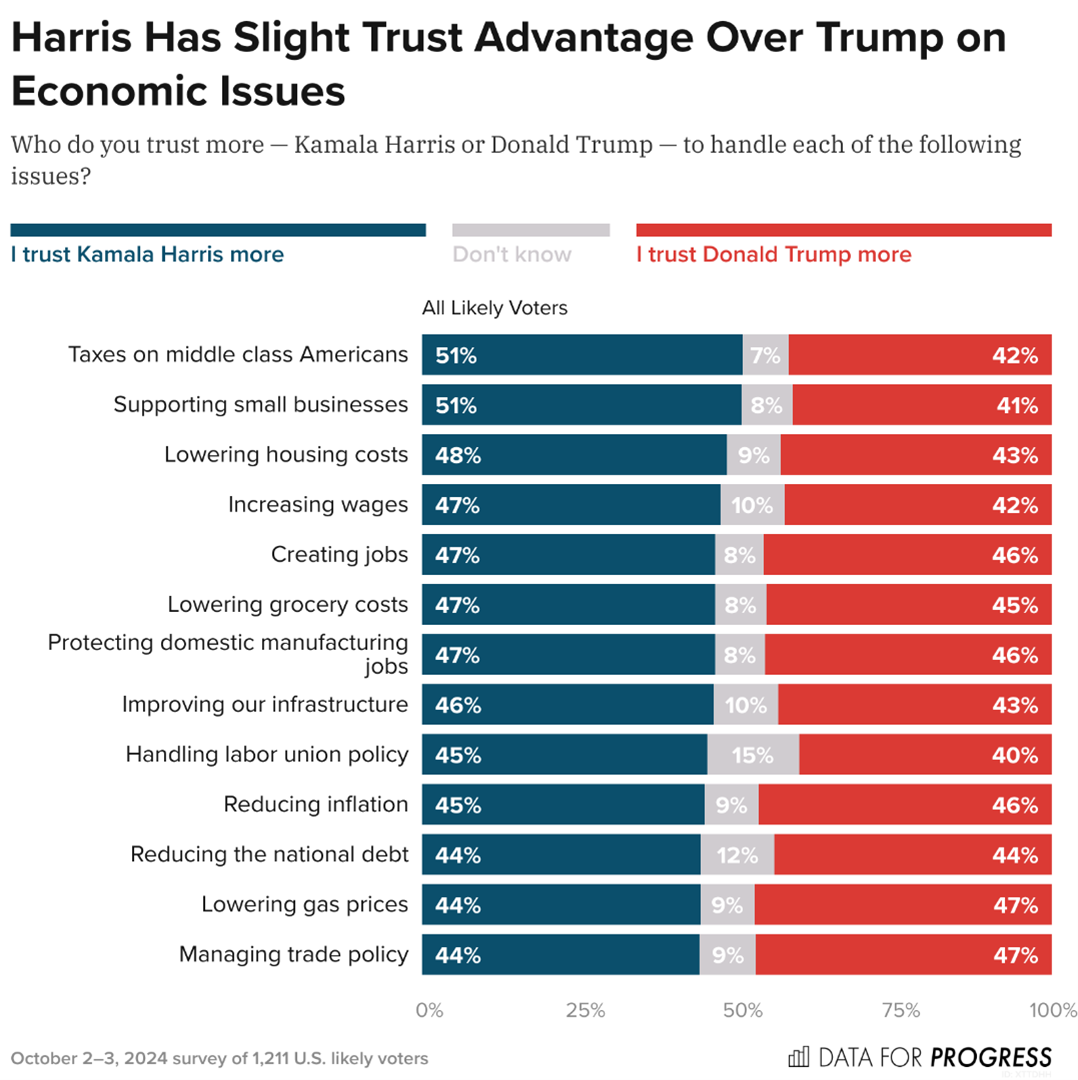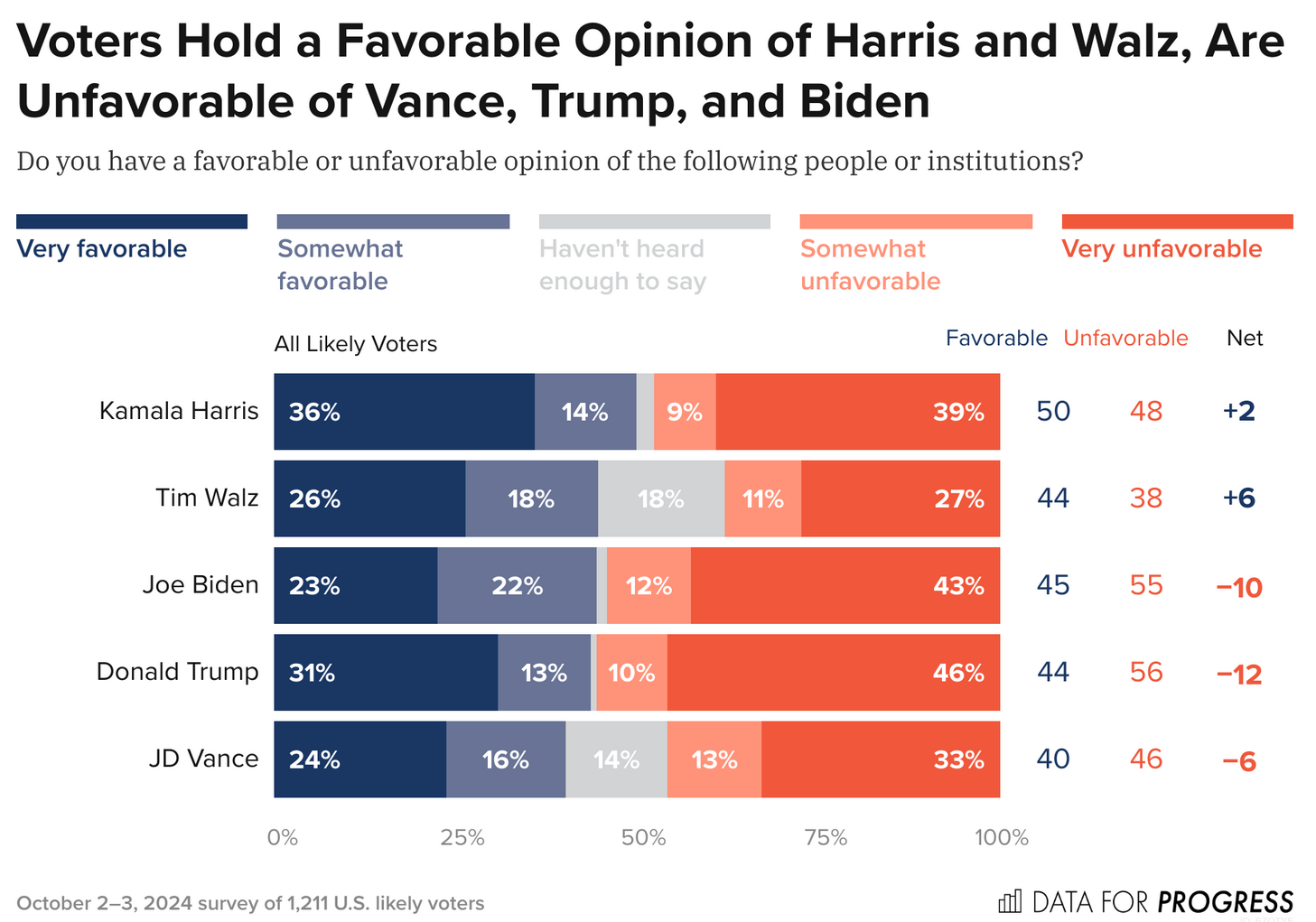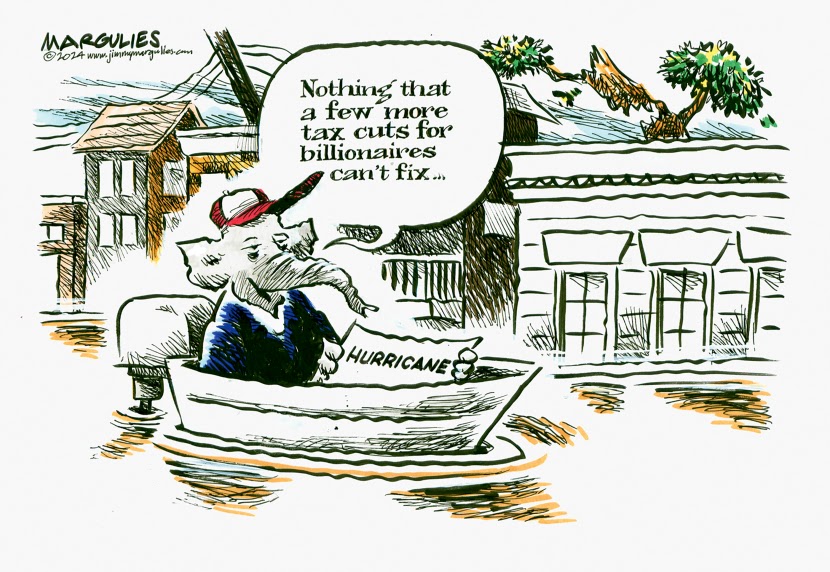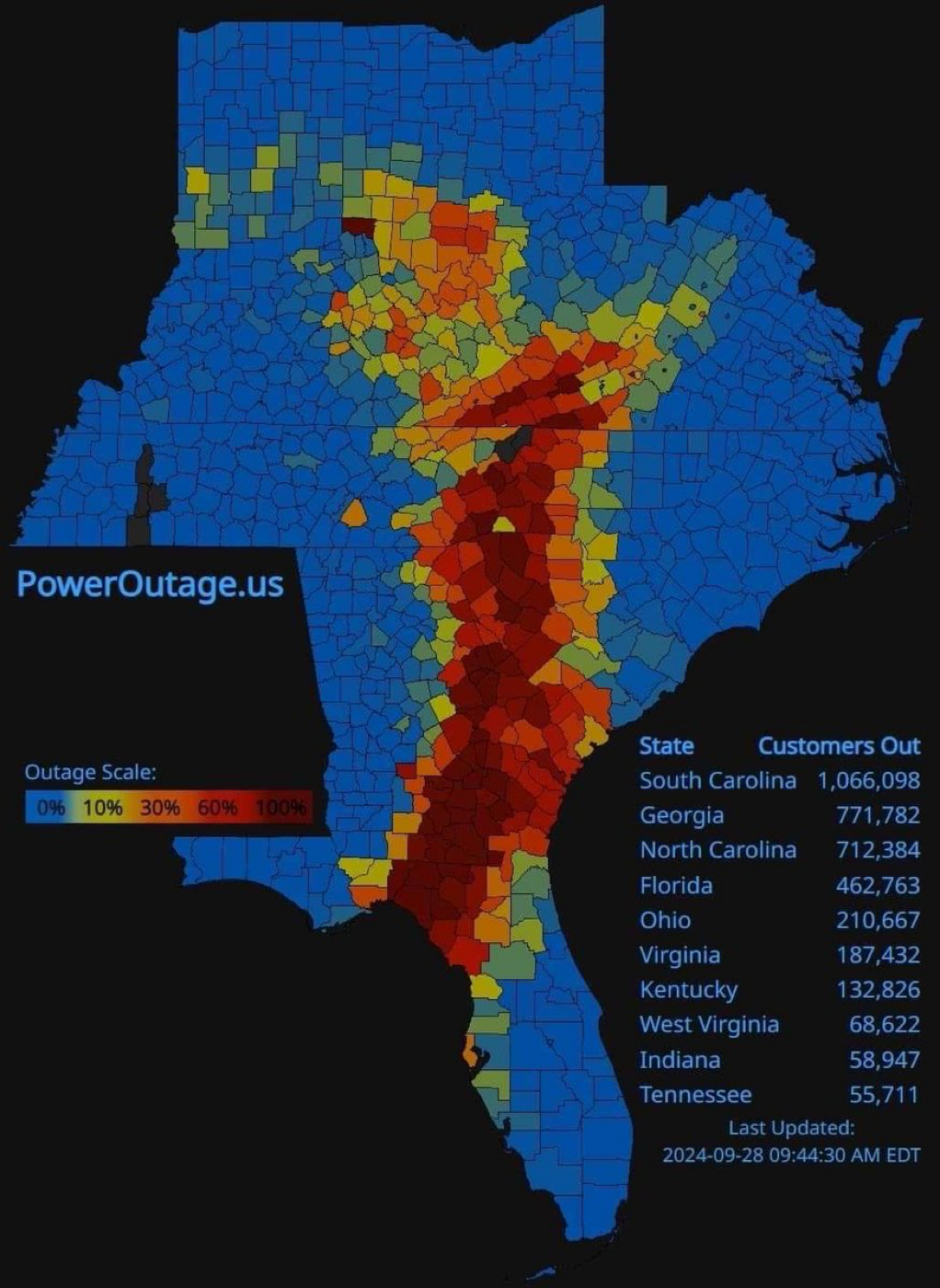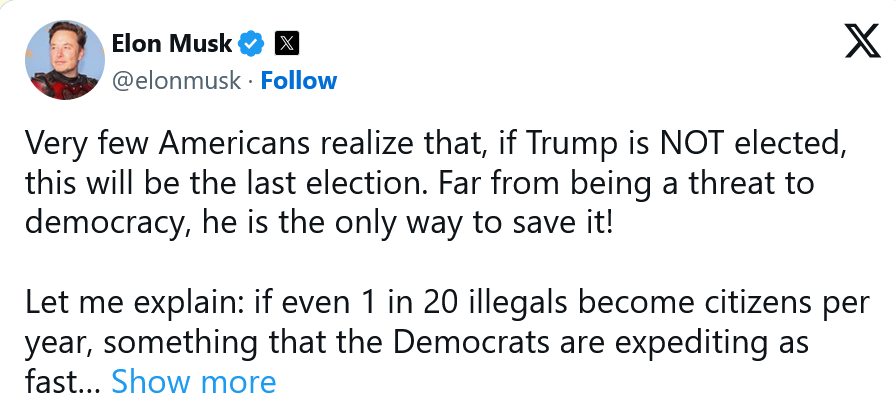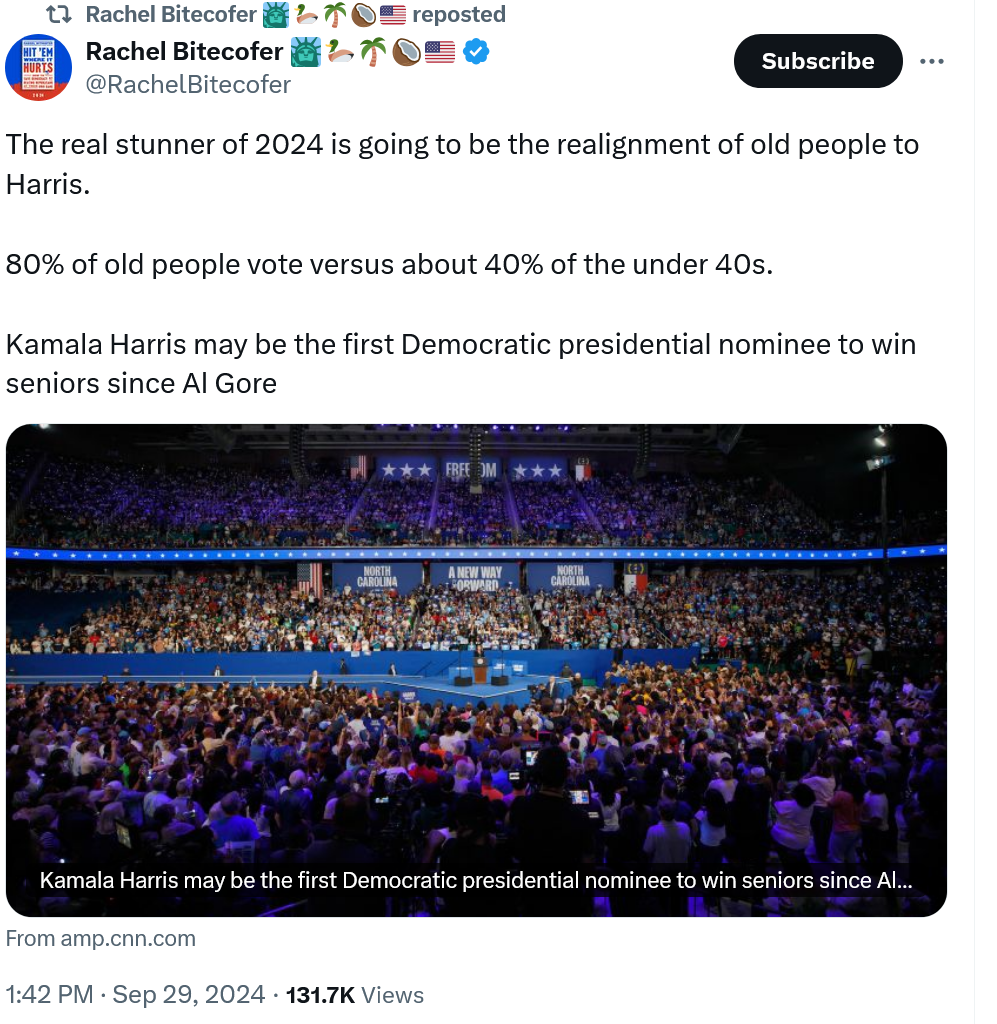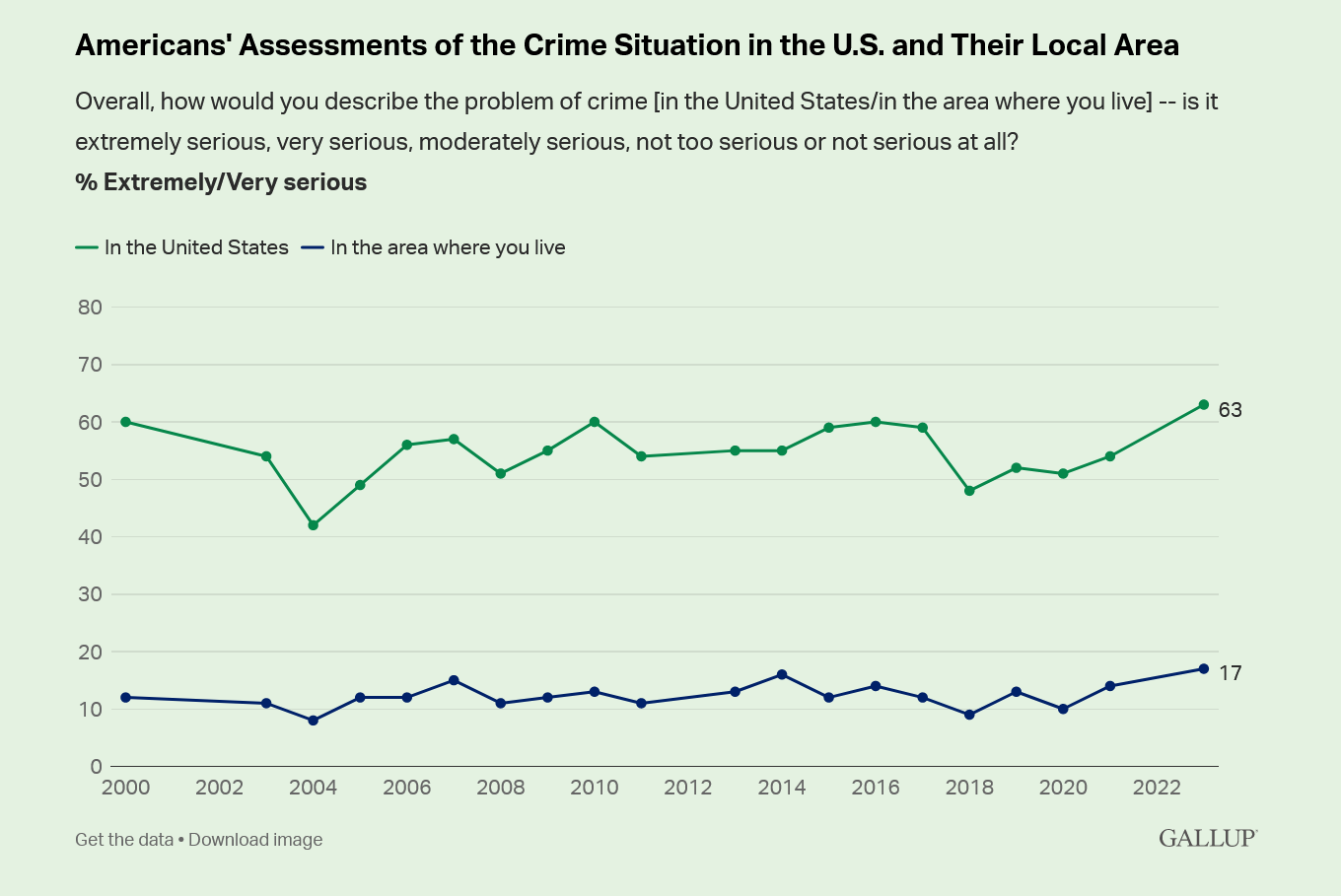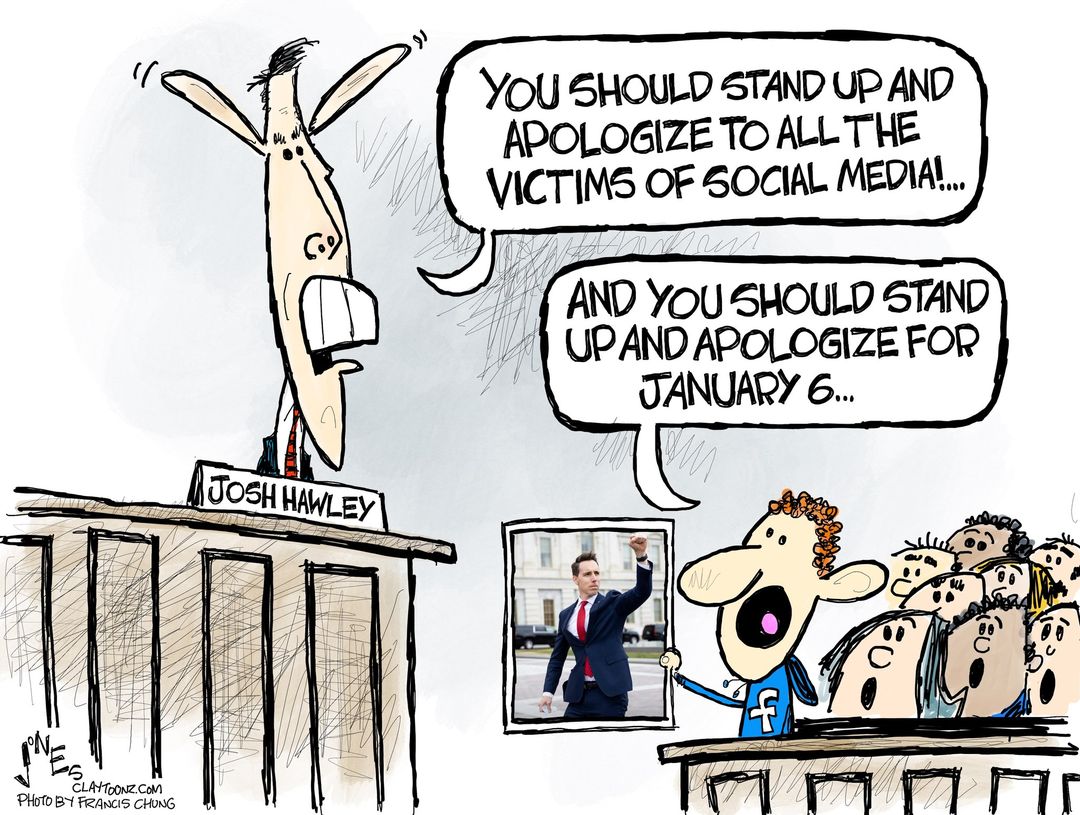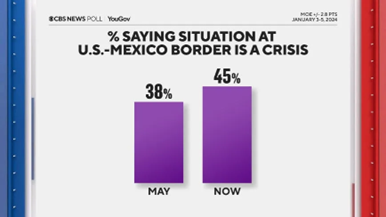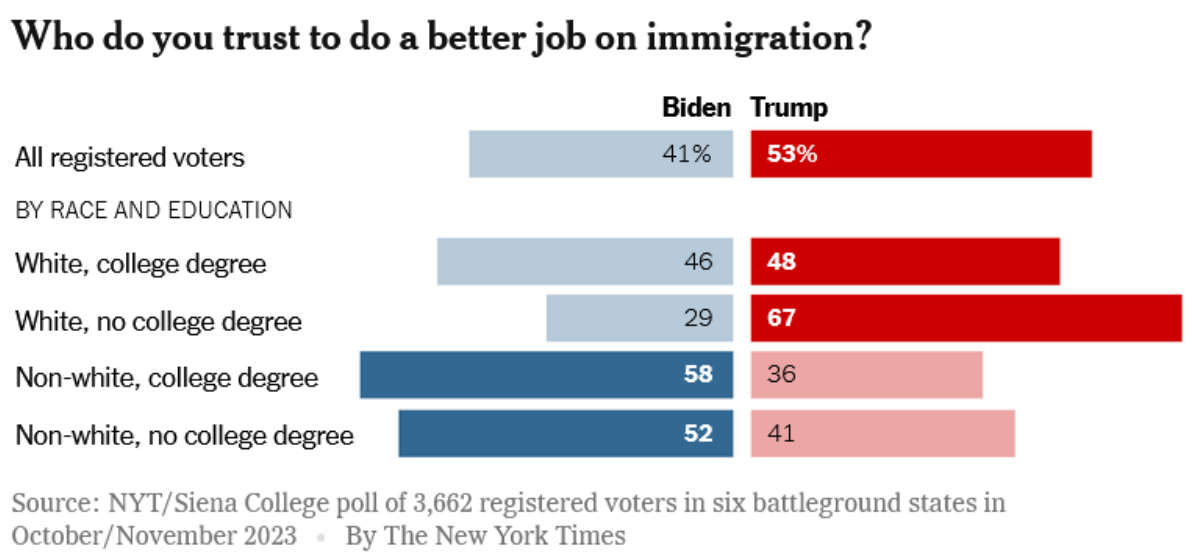The Daily Escape:

From Steve Inskeep, speaking about the legal plight of Kilmar Abrego Garcia, who Trump says he can’t get back from El Salvador:
“If I understand this correctly, the US president has launched a trade war against the world, believes he can force the EU and China to meet his terms, is determined to annex Canada and Greenland, but is powerless before the sovereign might of El Salvador. Is that it?”
There is a lot of stuff happening. Trump has tested all sorts of limits, including defying a 9-0 Supreme Court order in the case of Abrego Garcia’s extradition to El Salvador mentioned in Steve Inskeep comment above. He has turned the US economy into a giant guessing game by toggling tariffs on and off.
From Dan Pfeiffer:
“….everyone is focused on Trump’s tariff policy. How could you not be? The stock market has been crashing, the bond market is freaking out, and worries about inflation and recession are mounting. When watching your retirement account drop like a rock, it’s hard to focus on anything else.
But we are also amid an emerging Constitutional crisis that could fundamentally reshape democracy.”
Last month, Trump deported Abrego Garcia to El Salvador where he is being held in a notorious prison known for torturing and starving inmates. Abrego Garcia is from El Salvador and was in this country illegally. But a judge had ruled that he could not be sent home because the gangs there posed a threat to his life.
After Abrego Garcia’s illegal deportation, the case went to the US Supreme Court where the Trump Administration admitted that Abrego Garcia was sent to El Salvador in error, but they have refused to do anything to bring him back to the US. The Supreme Court, in a unanimous decision, declared:
“The order properly requires the Government to ‘facilitate’ Abrego Garcia’s release from custody in El Salvador and to ensure that his case is handled as it would have been had he not been improperly sent to El Salvador.”
In a bit of a coincidence, Nayib Bukele, the President of El Salvador, was in Washington Monday for a previously scheduled meeting with Trump, where Bukele said he refused to return Abrego Garcia to the US.
Moreover, in the single most disturbing display since he was reelected, Trump asked Bukele to build several more Terrorism Confinement Centers to house US citizens. Trump also told reporters that he was open to deporting US citizens if they had committed violent, criminal acts. Trump said:
“If it’s a homegrown criminal, I have no problem….We’re studying the laws right now. Pam [Bondi, the attorney general] is studying. If we can do that, that’s good.”
But, US citizens cannot legally be deported.
The only exception is if a US citizen is credibly accused of committing a crime in another country and the government decides to honor an extradition request.
The administration’s position is that they can remove people in error or in defiance of court orders, and once deported, they cannot be compelled to engage in any specific act of diplomacy or foreign policy since those are the exclusive powers of the Executive Branch.
What this all means is that Trump will most likely escalate to deporting US citizens. The courts can try to stop this by, for example, holding executive branch officials including the president in contempt. That is highly unlikely since the Supreme Court ruled last year that the office of the presidency cannot commit a crime if it is done in the pursuit of normal job responsibilities, which would include foreign affairs.
It seems that Trump may not be held legally accountable even for deporting US citizens.
There is nothing to stop him unless the Republicans in Congress decide to stop him. He could be impeached and removed from office, of course, But the Republicans have taken a pass twice already on that option, despite airtight cases against him.
Republican politicians are behaving with deference to power and a fear of standing out. From Kyla Scanlon:
“As Umberto Eco warned in Ur-Fascism, authoritarian systems don’t return with parades and uniforms. They return in a culture where obedience masquerades as patriotism – or as economic strategy.
When disagreement becomes disloyalty, when nuance is dismissed as weakness, when conformity becomes civic virtue, we’re no longer living in a democracy. We’re participating in the performance of one.”
Congress could stop him. They have the authority, but they do nothing. This paralysis is what Umberto Eco described as a “fear of difference” where dissent is dangerous, alternative views are threatening, and deviation is punished.
What we get is a legislative body that performs democracy, but no longer willingly exercises its Constitutional powers.
Standing up to Trump would mean risking access to donors, media cycles, committee power, and the favor of a political ecosystem that now functions more like a loyalty marketplace than a deliberative body. So they completely ignore the Constitution at great costs to their constituents.
At this point, the Democrats can no longer treat Trump with any deference. The entire House Democratic Caucus should draw up articles of impeachment and seek to introduce them. The Senate Democrats should put a hold on everything until hearings are granted. Everything must stop until this is resolved.
From Dan Pfeiffer:
“This is the moment. We are at a crossroads. It’s time to speak up. Corporations have bent the knee; law firms are submitting to Trump; Congress is ceding its authority, and corporate media is making excuses. The courts are trying to stop Trump’s worst offenses, but he ignores their dictates.”
This is the most serious threat to our democracy since the Civil War.



